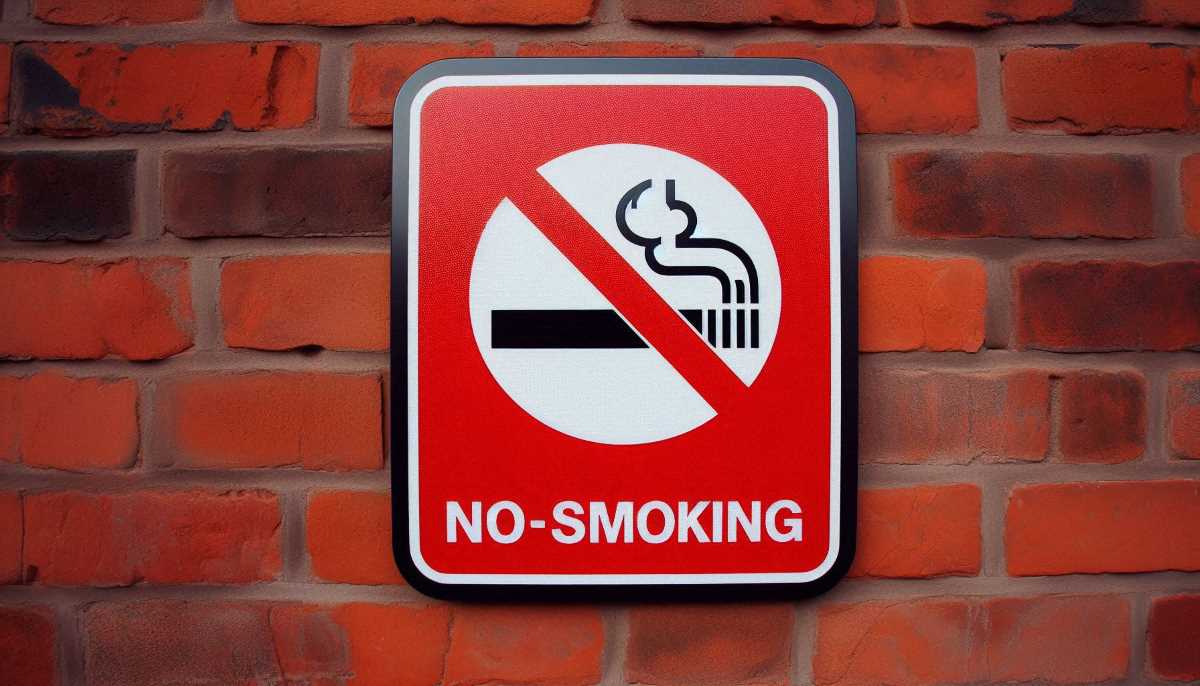Mexico Faces a Serious Threat from Tobacco Use
Alarming smoking rates in Mexico cause over 60,000 deaths annually. The UNAM Faculty of Medicine is leading the fight with a 100% smoke-free campus, advocating for a tobacco-free future.

The impact of tobacco consumption in Mexico is a public health crisis of alarming proportions. Each year, over 60,000 Mexicans succumb to diseases linked directly to smoking, such as cardiovascular and cerebrovascular conditions, chronic obstructive pulmonary disease (COPD), and lung cancer. The stark reality is that tobacco use is responsible for half of all cancer deaths, as highlighted by Ana Carolina Sepúlveda Vildósola, the director of the Faculty of Medicine (FM) at the National Autonomous University of Mexico (UNAM).
In a recent event commemorating the first anniversary of the FM's recognition as a "100 percent smoke and emissions-free school," held in conjunction with World No Smoking Day, Sepúlveda Vildósola emphasized the gravity of the situation. She noted that smoking is deemed by the World Health Organization (WHO) as the leading cause of preventable illness, disability, and premature death globally. Smoking, she asserted, is an unnecessary habit with devastating consequences.




